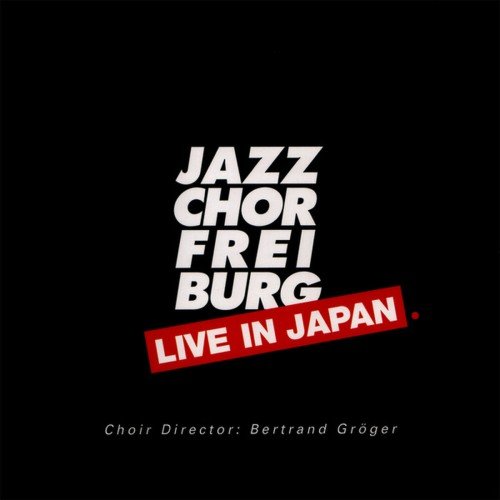Paavo Järvi - Rachmaninoff: Symphony No. 2 in E Minor, Dances from Aleko & Scherzo in D Minor (2022)
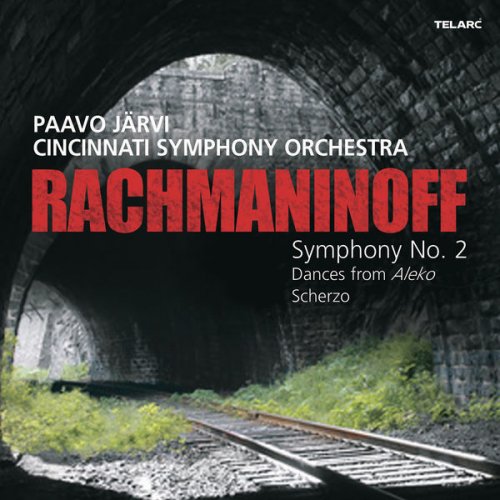
Artist: Paavo Järvi, Cincinnati Symphony Orchestra
Title: Rachmaninoff: Symphony No. 2 in E Minor, Dances from Aleko & Scherzo in D Minor
Year Of Release: 2007 / 2022
Label: Telarc
Genre: Classical
Quality: FLAC (tracks)
Total Time: 1:09:48
Total Size: 292 MB
WebSite: Album Preview
Tracklist:Title: Rachmaninoff: Symphony No. 2 in E Minor, Dances from Aleko & Scherzo in D Minor
Year Of Release: 2007 / 2022
Label: Telarc
Genre: Classical
Quality: FLAC (tracks)
Total Time: 1:09:48
Total Size: 292 MB
WebSite: Album Preview
01. Rachmaninoff: Symphony No. 2 in E Minor, Op. 27: I. Largo - Allegro moderato
02. Rachmaninoff: Symphony No. 2 in E Minor, Op. 27: II. Allegro molto
03. Rachmaninoff: Symphony No. 2 in E Minor, Op. 27: III. Adagio
04. Rachmaninoff: Symphony No. 2 in E Minor, Op. 27: IV. Allegro vivace
05. Rachmaninoff: Scherzo in D Minor
06. Rachmaninoff: Aleko: Women's Dance
07. Rachmaninoff: Aleko: Men's Dance
The 11th Cincinnati Symphony Orchestra Telarc recording with CSO Music Director Paavo Järvi is an all-Rachmaninoff disc, to be released January 24, 2007 in both CD and SACD formats. The repertoire includes Symphony No. 2 in E Minor, Opus 27, well known for its romantic slow-movement theme; Dances from Aleko; and a Scherzo dating from the composer’s early years at the Moscow Conservatory.
“I love core repertoire, and Rachmaninoff’s Symphony No. 2 is a sweeping example of the Russian symphonic tradition and perhaps the most popular of his orchestral works,” said Järvi. “It’s also exciting to become familiar with Rachmaninoff’s lesser-known gems such as the two gypsy dances from Aleko and the charming little Scherzo from 1888.”
After the unfortunate premiere of Rachmaninoff’s First Symphony in 1895 (when the conductor, Alexander Glazunov, reportedly took the podium while “under the influence”), the Second Symphony reaffirmed Rachmaninoff as a symphonist in 1908. It is a large-scale work with signature Rachmaninoff touches such as brooding shifts from dark to lyric and a meltingly beautiful love theme.
The opera Aleko, based on a story by Pushkin about social clashes, dates from 1892 and was a graduation project assigned to Rachmaninoff and two fellow students at the Moscow Conservatory. Rachmaninoff wrote two gypsy dances – The Women’s Dance and The Men’s Dance – which earned the highest honors from his conservatory panel. The Women’s Dance evokes a dusky, exotic mood while The Men’s Dance is folk-like and rhythmic in character.
The 1888 Scherzo was Rachmaninoff’s first orchestral effort. The composer “had just transferred to the Moscow Conservatory, and wrote it at the suggestion of Nicolay Zverev, his piano teacher, with whom he was living,” writes Kyle Gann in the album liner notes. “The manuscript was marked ‘Scherzo, Second Part’ but no evidence survives of what larger work the student might have considered this a movement of. The premiere waited until November 2, 1945.”
“I love core repertoire, and Rachmaninoff’s Symphony No. 2 is a sweeping example of the Russian symphonic tradition and perhaps the most popular of his orchestral works,” said Järvi. “It’s also exciting to become familiar with Rachmaninoff’s lesser-known gems such as the two gypsy dances from Aleko and the charming little Scherzo from 1888.”
After the unfortunate premiere of Rachmaninoff’s First Symphony in 1895 (when the conductor, Alexander Glazunov, reportedly took the podium while “under the influence”), the Second Symphony reaffirmed Rachmaninoff as a symphonist in 1908. It is a large-scale work with signature Rachmaninoff touches such as brooding shifts from dark to lyric and a meltingly beautiful love theme.
The opera Aleko, based on a story by Pushkin about social clashes, dates from 1892 and was a graduation project assigned to Rachmaninoff and two fellow students at the Moscow Conservatory. Rachmaninoff wrote two gypsy dances – The Women’s Dance and The Men’s Dance – which earned the highest honors from his conservatory panel. The Women’s Dance evokes a dusky, exotic mood while The Men’s Dance is folk-like and rhythmic in character.
The 1888 Scherzo was Rachmaninoff’s first orchestral effort. The composer “had just transferred to the Moscow Conservatory, and wrote it at the suggestion of Nicolay Zverev, his piano teacher, with whom he was living,” writes Kyle Gann in the album liner notes. “The manuscript was marked ‘Scherzo, Second Part’ but no evidence survives of what larger work the student might have considered this a movement of. The premiere waited until November 2, 1945.”

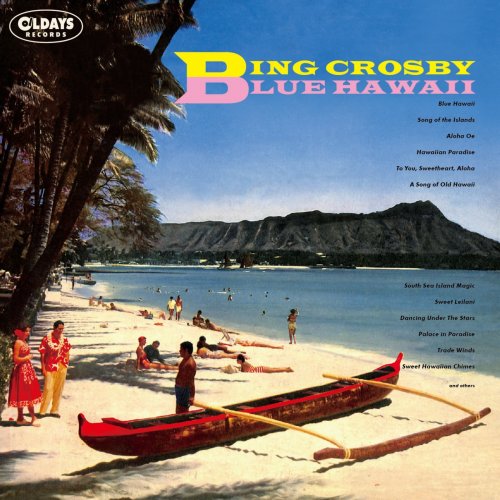
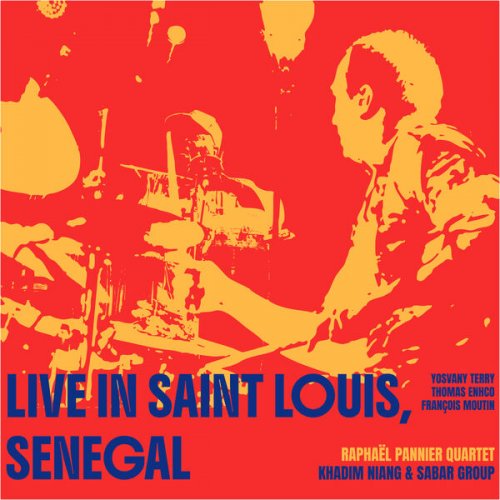
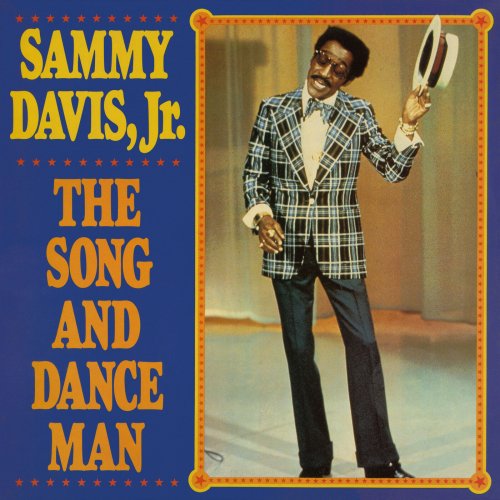
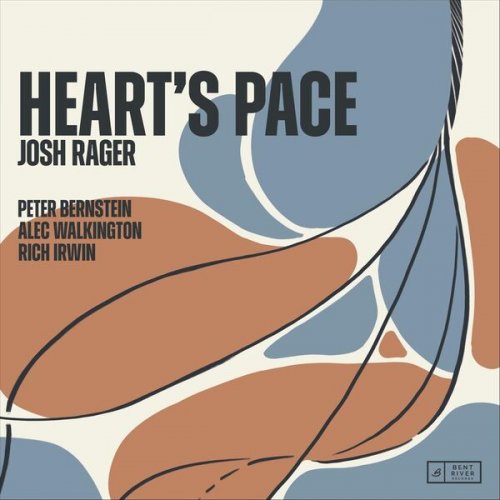

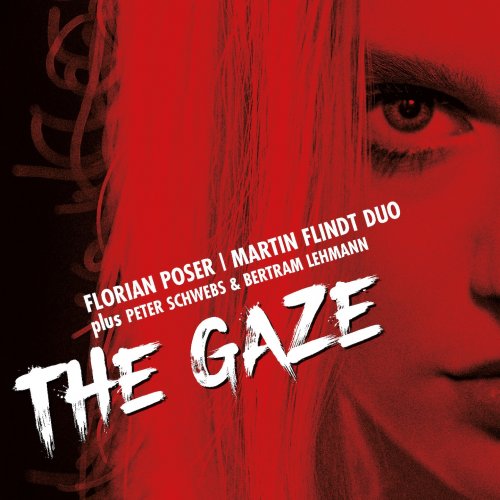
![divr - Live At Cully Jazz (Live) (2025) [Hi-Res] divr - Live At Cully Jazz (Live) (2025) [Hi-Res]](https://img.israbox.com/img/2025-12/12/xmcmwpwdqm3q0bglwqr3joh4t.jpg)
